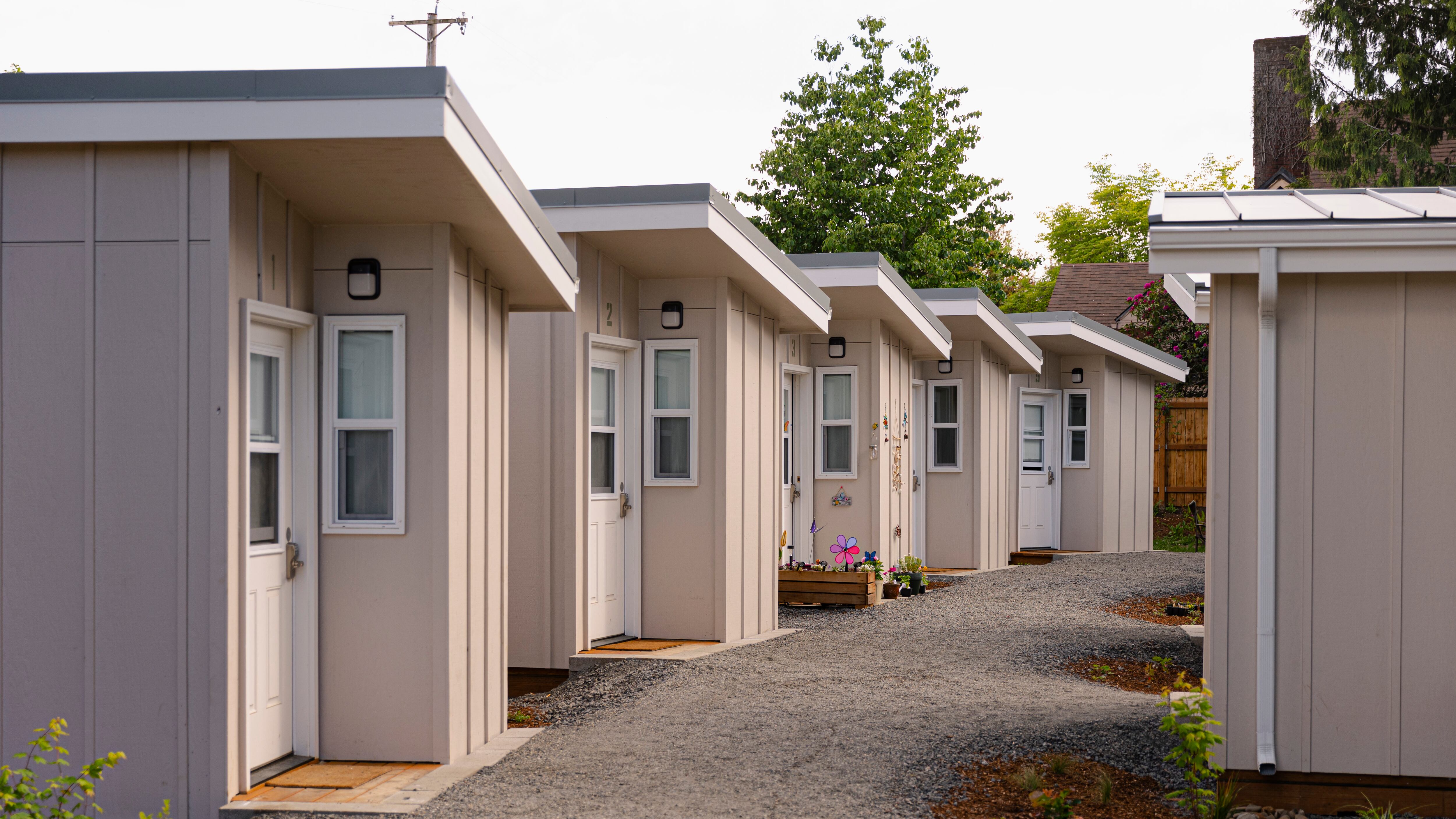City Commissioner Dan Ryan is exploring the possibility of putting one of the city’s safe rest villages at the site of the former Whitaker Middle School in Northeast Portland, WW has learned. The school was shut down in 2004 after Willamette Week published an article about the presence of high levels of toxic chemicals inside the building and in the ground.
Bryan Aptekar, communications liaison of the safe rest villages project, tells WW that Ryan first discussed the idea with Portland Public Schools Superintendent Guadalupe Guerrero on the sidelines of a Grant vs. Roosevelt high school football game recently: “[They] spoke briefly…about the possible use of the former Adams High School/Whitaker Middle School site, just as we have with property owners at various locations around the city about use of their land.”
He says Ryan has since spoken with five members of the PPS board about the idea and first approached board member Gary Hollands.
The School Board has an upcoming public work session that will include a discussion about the use of Whitaker as a potential safe rest village.
“There are now three proposals for the Whitaker site, and we should have a side-by-side analysis prepared about the different proposals so we can have a discussion about the best use of the site,” says PPS board member Julia Brim-Edwards. “Clearly that’s an important property for the Cully and Concordia communities, and certainly any discussion needs to include engagement with community members, which hasn’t happened with any of the three proposals.”
The other two proposals are for sports facilities.
Aptekar tells WW that none of the sites on the city’s original list of 70-some considered plots of land owned by city bureaus released this summer are being considered anymore.
“Some of those sites warranted further exploration after review against those criteria, but none are still being considered at this time,” Aptekar said. “Since that time, Commissioner Ryan has been in active conversations with leaders of other local land-owning jurisdictions and private landholders about possible SRV sites.”
Aptekar shared that the commissioner’s office has reviewed over 100 sites, and offered some of the difficulties of cementing sites: “Our due diligence efforts include work with the property owners to achieve shared basic agreements about the site’s use. It also includes a detailed review with the various city permitting agencies, and any other site specific conversations that may be needed. As we have learned, sites can look good in many ways, until they don’t. Each site takes significant staff time to thoroughly review before we have confidence announcing them publicly.”
In early October, Ryan announced the first two sites. One is a portion of the parking lot at the Menlo Park Park & Ride, and the other is in the 2300 block of Southwest Naito Parkway, where the existing Queer Affinity Village will move after being displaced from inner Southeast because of commercial construction.
On Thursday morning, Ryan and project manager Chariti Montez briefed the Multnomah County Board of Commissioners on the project’s progress. The commissioners also had the chance to pepper Ryan’s office with questions.
Montez said each site will have anywhere from 30 to 60 pods, and she says estimates are the pods will cost around $13,000 each. Montez said the construction costs are “hard to predict” because of ever-fluctuating—and currently steeply rising—construction costs. The city expects the yearly operational costs, including shelter services and management of the sites, to be around $1.5 million.
Ryan said finding 2 acres worth of suitable land is “not easy.”
Who will get lodging at the sites is an outstanding question. Ryan said that the city will rely on its navigation teams on the ground and the city’s Impact Reduction Program, which conducts campsite sweeps, to connect people with the villages.
At one point, County Commissioner Lori Stegmann asked the following: ”We’ve all heard from businesses that people are sleeping and camping literally on their doorsteps. Obviously that’s a deterrent to businesses....My question is, have there been conversations about trying to prioritize highly densely populated areas so businesses are allowed to operate?”
Ryan replied: “The simple answer is yes. Many conversations about that. But commissioner, what we’re all noticing is that we have highly concentrated areas of houselessness in all parts of our city right now. And that’s also true.”
He continued: “I’m certain that we’re looking at one more site location near the central city, but spreading out the geographic distribution is important, because people build community in the neighborhoods they’re in. Displacement radically out of their neighbors is something you really have to [consider].”

